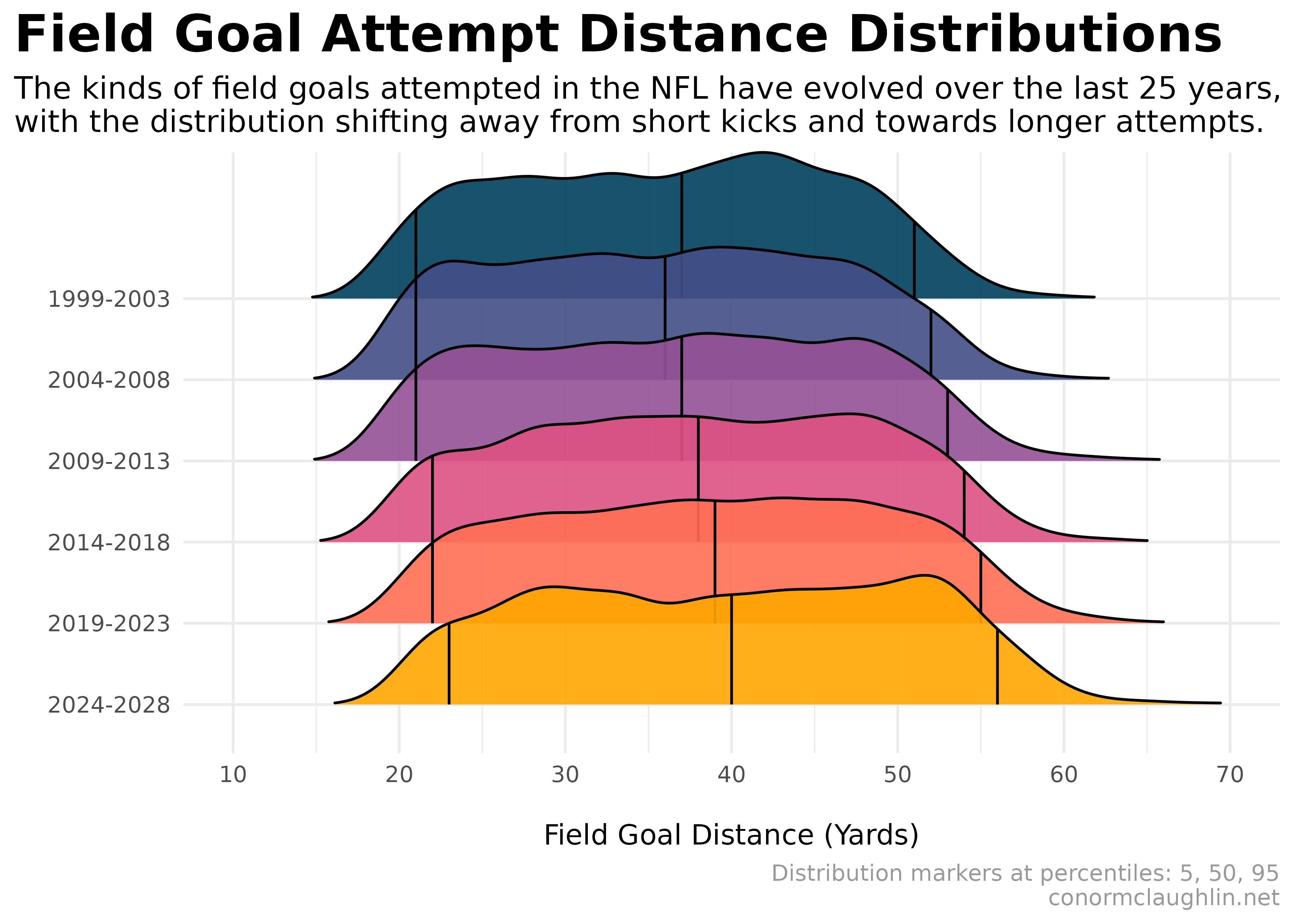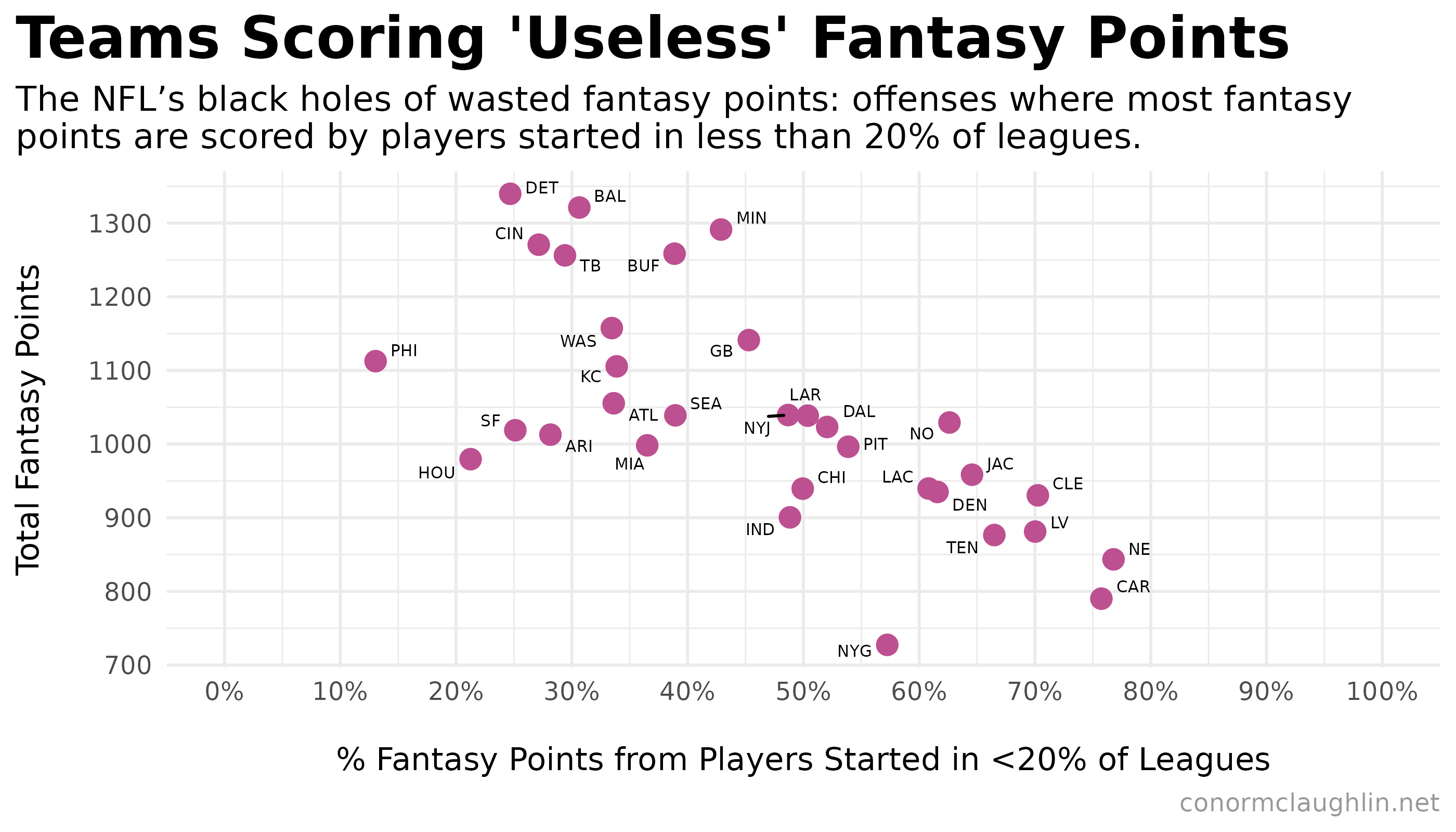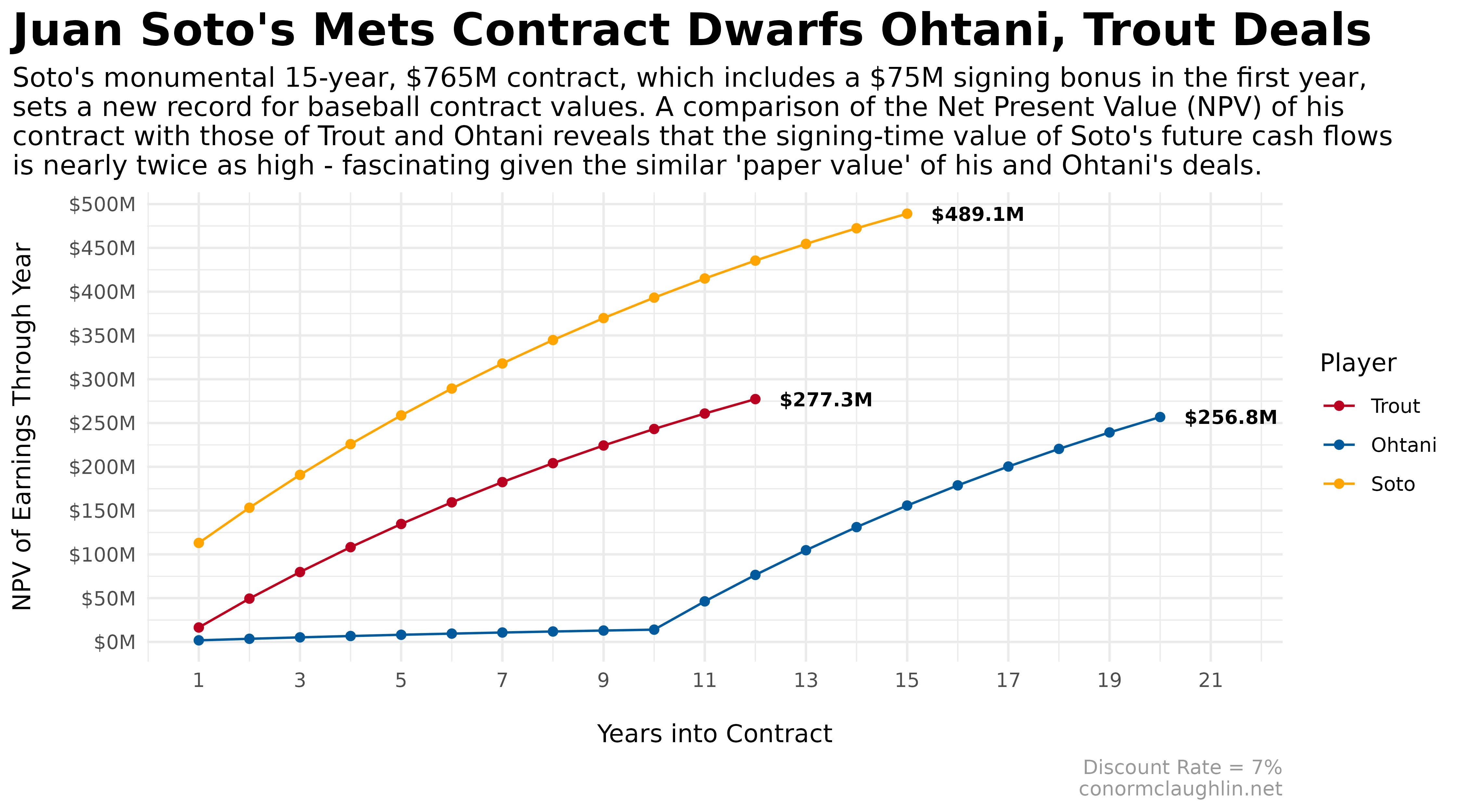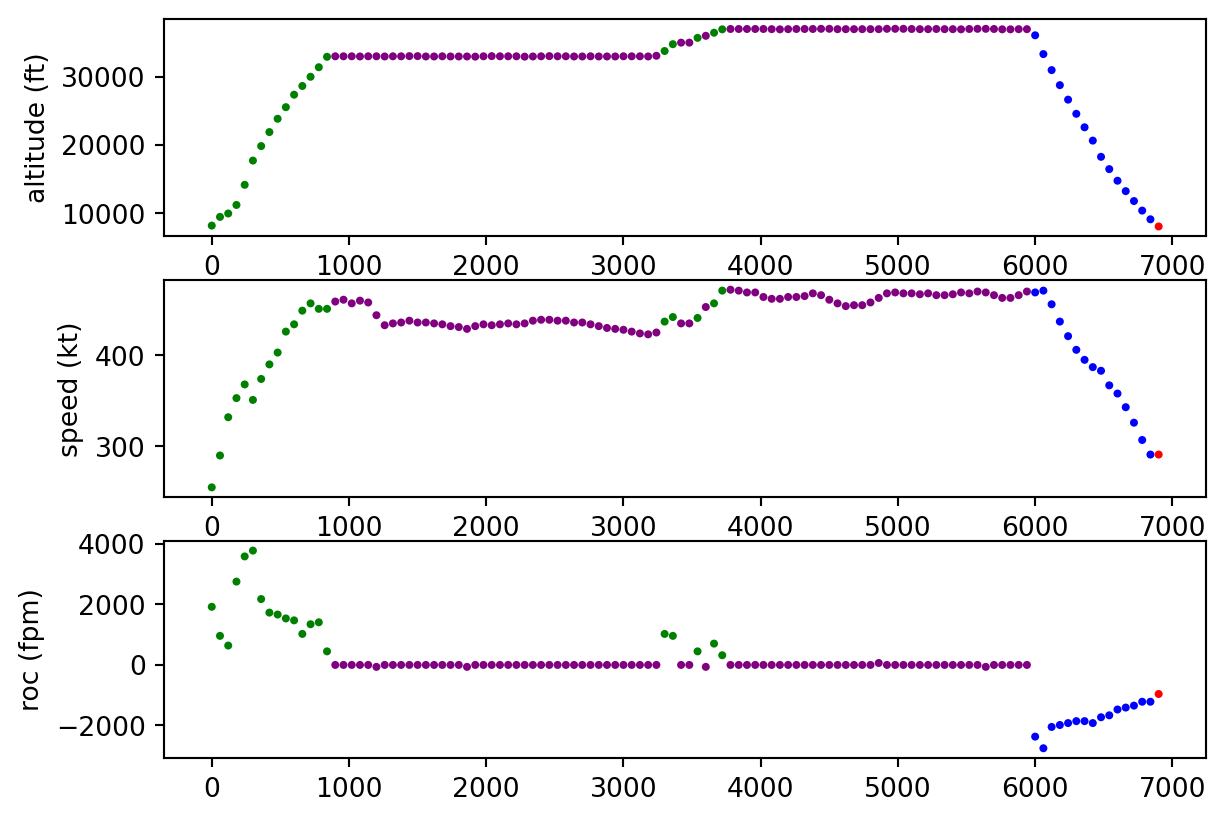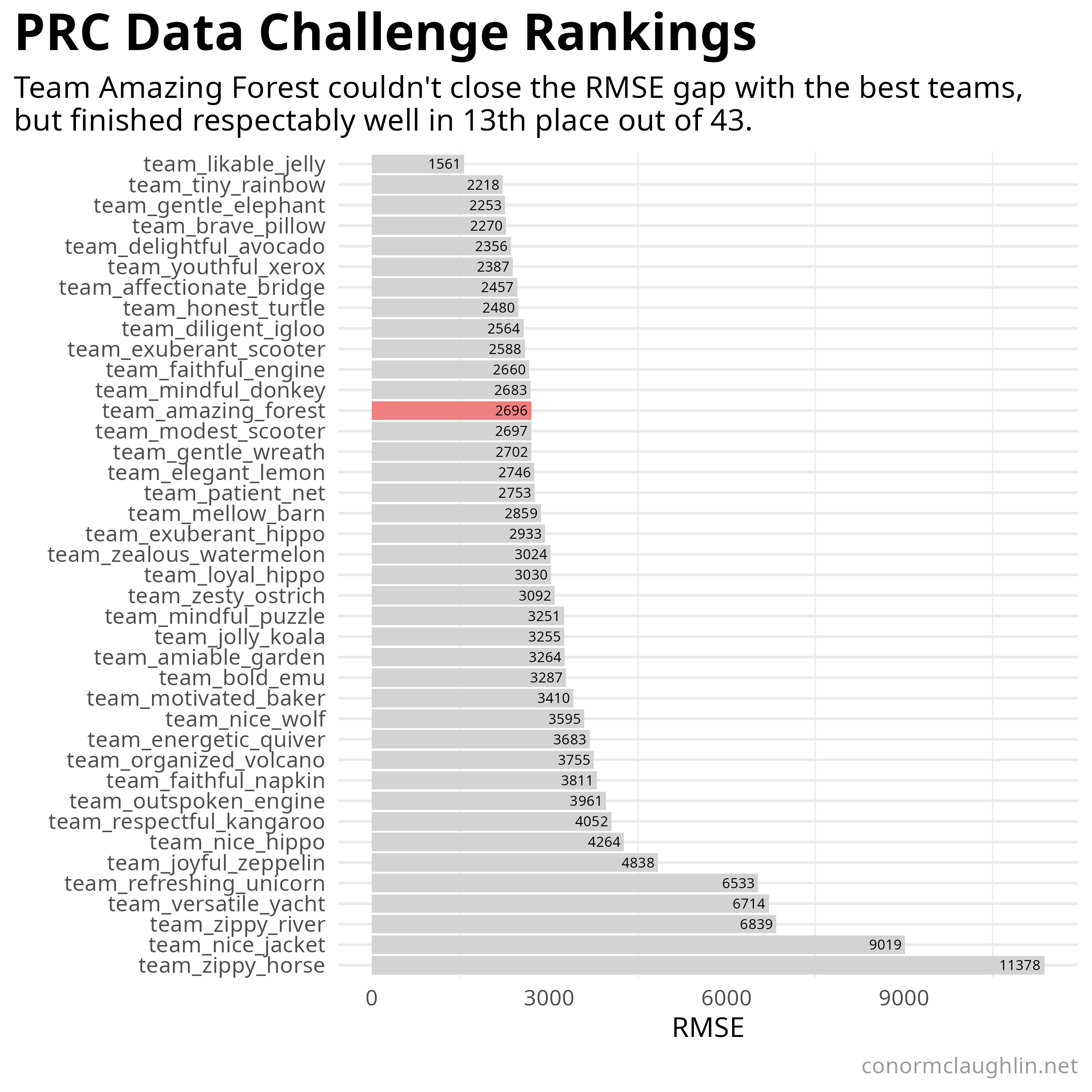
On December 18th, the Senate Budget Committee dropped a doozy of a blog post, titled “New Data Reveal Climate Change-Driven Insurance Crisis is Spreading”.
They didn’t bury the lede at all, getting right to their conclusion that “climate change is increasing insurance non-renewals around the country” and that “the failure to deal with climate change is also affecting whether families can even get homeowners insurance”.
How I Found This Data
I wish I could say that I stumbled upon this post and the accompanying data as part of a research project. Unfortunately, that is not the case - I was turned onto this data in the aftermath of the enormous Palisades fire, which burned about 3 miles north of my house.

